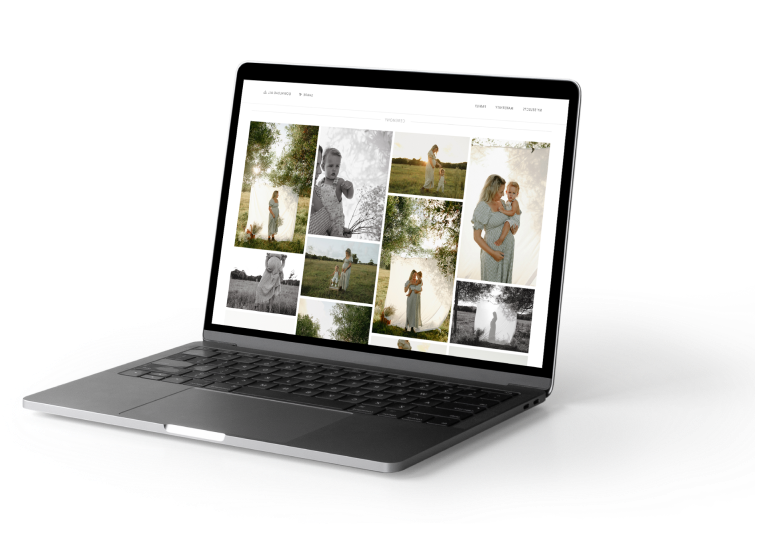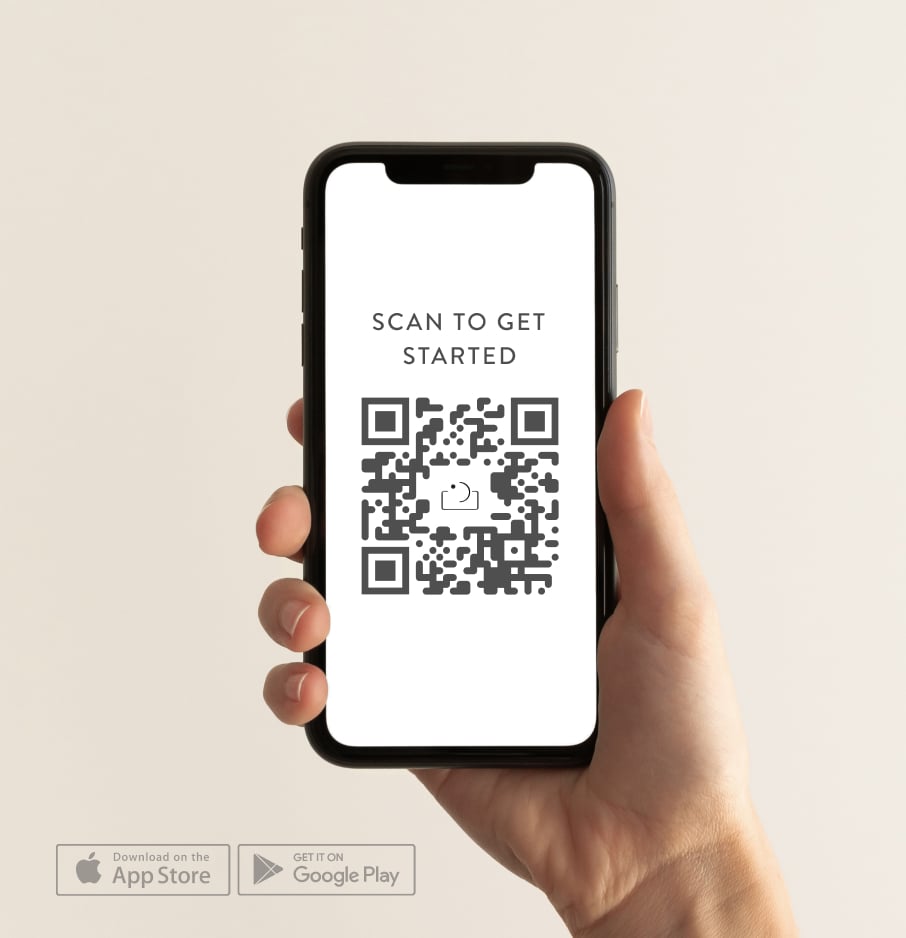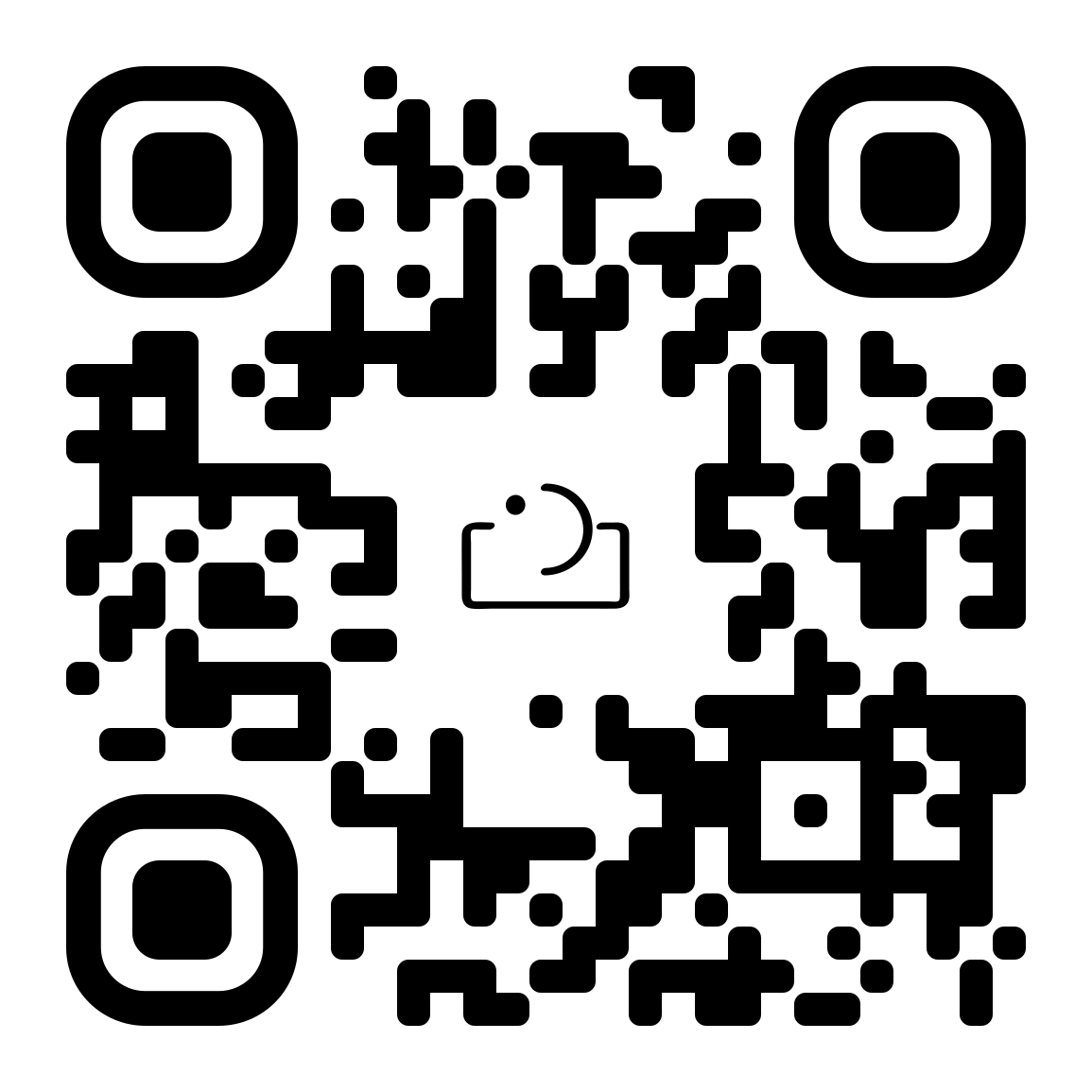As visual storytellers, we hold a great deal of power when it comes to shaping narratives about the world. How can we make choices that support that kind of future we’d like to live in? Making your photography practice more inclusive is a great place to start.
Most people think about the camera as a way to accurately depict the world around us. But the truth that all of us photographers know is that to capture an image, we have to make all kinds of decisions about what makes it into the frame. We make choices about what to include and what to leave out, what kind of light to shoot in, and how to construct a visual hierarchy so that our subjects are placed just right. We tell stories with our photographs. Stories are powerful.

This power leads us to the question of how we, as visual storytellers, can make choices that support the kind of future we’d like to live in. What do we want to build together? And how can our work play a part in dismantling the oppressive systems that are tearing us apart? Many of us who work in the wedding industry are often catering to clients who were born with privilege. The media that we consume on wedding blogs paint the picture of a white, cis-gendered, able-bodied, thin, young, and straight fairy tale. But where are the other stories? How can we play a hand in telling those too?
We’d like to put forth a couple of ways for you to think about how to be an inclusive photographer. Through this, we’ll talk about what it means to be a purveyor of real inclusion and diversity (hint: it’s not just about the pictures you make).
What does it mean to be inclusive?
We’ve heard the term ‘inclusive’ being thrown around a lot lately. Taken literally, it just means a good representation of difference. But that’s not where it ends--it goes much deeper than that. To us, true inclusion means that all people, regardless of their abilities, disabilities, sexualities, socio-economic backgrounds, ethnicities, races, gender, or health care needs have the right to be not only respected, but celebrated as valuable members of their communities.
It’s about being sympathetic to difference without forcing people into a box or patronizing them. And genuinely doing inclusivity requires you be truthful with yourself about the subconscious stereotypes you make and prejudices you hold. You do this to be a better human, but also in order to avoid being doomed to a portfolio of tokenistic photographs that miss the point entirely.
This leads us to our first point:
1. Check yourself (and your lazy assumptions).
Why is it so important to think deeply about our approaches to taking photographs and showcasing our work? How can we be more thoughtful with our image-making and be sensitive and aware of the different emotional landscapes in marginalised spaces?
You don’t have to look far to see how narratives of oppression and alienation have seeped into our societies. In fact, it’s been hard to miss – what with all the riots, protests, deaths, and deportations featuring on our tv screens and newsfeeds. But as we make the effort to heal the damage that’s been done, it’s super important to evaluate for ourselves how we perceive other humans.
Take a mental inventory. What assumptions have you internalised? Which stereotypes have you been believing as truth? Are you aware of your perspective and how it influences your work?
You know we’re not all built the same. But if you look in the mirror and also know that you have personally benefited from structures, policies, and institutions that systemically disadvantage other groups of people, it’s time to summon up the bravery to contend with the difficulty of self-reflection. It’s hard and it’s gritty and it’s confronting but it’s what we need to progress as a society. One human can’t dehumanize another without dehumanizing themselves.

- Reflect on times when you may have felt triggered or challenged, pay attention to what brings up these feelings in you.
- Reflect on what privileges you enjoy because of your ethnicity, or physical capacity, or passport, or gender, or relative affluence. Then reflect on how this may affect how you approach being inclusive with your photography.
- Reflect on how you’re holding yourself accountable and how this responsibility can affect the way you approach your work and how you interact with your clients and the greater world around you.
You can’t consider yourself an ally unless you first do the work of cultivating true inclusivity in yourself. Be present, listen, and be open to what comes up for you when you begin to question your own stereotypes and judgements.

2. Educate yourself.
In this vastly connected technological age we live in now, we have a unique opportunity to engage with more diversity than ever. Follow, like, support, and interact with minority-owned business accounts wherever possible. Consume art from all over the world. Read stories written by people who aren’t like you. Take advantage of the resources that are available to you. Notice what you hold in high regard. Are you seeking out perspectives that are different from your own? Are you cultivating inclusion in the work you look at, share, and learn from?
Photographers create imagery that is the backbone of the cultural and media landscape. To have the privilege of a voice in this world means we don’t have the luxury of being complacent. We have a moral obligation to understand the context of what we’re contributing to the world. What kinds of materials will you digest? What kind of mark do you want to leave on the world? Will you use your photography for good? What are you fighting for?
Don’t know where to start? Here are some resources to guide you on your journey:
As excited as we are to share these stories, more information in the age of information isn’t the full solution. Unless we have the lived experience, we won’t fully understand someone just by reading a book about them or listening to a podcast that tells their story. It’s a step, but education must be approached with humility. There is nothing to substitute real, tangible, social encounters between people to create a shared perspective. It’s the relationships that count. And this leads us here…
Writer Alyssa Klein and activist/filmmaker Sarah Sophie Flicker put together an extensive list that is filled with books, podcasts, articles, and films that bring to light the history of systemic oppression.
2. MeToo Lit
Leigh Gilmore, distinguished visiting professor of women’s and gender studies at Wellesley College compiled a reading list which samples some of the best of today’s feminist writers, enabling readers to explore not only the movement, but the circumstances that led to its creation and the ones that may follow it.
3. 18 very gay and very good books you should read
MJ Franklin, assistant editor at Mashable, compiled an impressive list of books to help create bridges and shared perspectives through poetry, graphic art, memoir, and fantasy.
Tanesha Awasthi, founder of Girl With Curves, an award-winning blog, compiled a list of documentaries to boost body acceptance and cultivate a better awareness of the factors that contribute to body dysmorphia world wide.
3. Build trusting relationships.
It is an honor to be allowed to photograph someone. You are being trusted, and this trust should be respected. Mutual trust is the cornerstone of any good relationship, and developing a relationship with your clients allows them to drop their guard around you.
In the absence of years of shared experience, asking the right questions so you can best connect with them is a great place to start. Communicate openly and clearly, and set realistic expectations that allow them to understand what the shoot will entail, and allow you to gauge what they’re looking for and hope to represent. During the shoot, do your best to be communicative and at ease. Maintain relaxed body language, and regularly touch base with them.
Remember that this is just a starting point, and that with each client comes a different set of opportunities and challenges. All of this information is crucial to beginning to create portraits together that feel authentic, beautiful, and powerful.
The better you know your client before the shoot, the better you’ll be able to serve them. This is where you challenging your own preconceived notions is absolutely crucial. Don’t let yourself see someone only as one layer of their identity. Queer people are not all the same. Coloured people are not all the same. Skinny people are not all the same. Straight people are not all the same. You get it.
And if you’re asking your clients to be vulnerable, you have to lead by example. Allow the relationship to be a mutual engagement, an exchange between two humans. Care deeply. Listen to the story you’re about to tell on behalf of your clients. Understand it before you try to tell it yourself.
Photography plays a monumental role in how people see each other. Our creation of visual narratives that reflect a facet of reality have a huge bearing on the online climate. If we can make images that help people to feel empowered, confident, and resilient, we can activate an incredible possibility for meaningful connections, awareness raising, and support.


If there’s anything this year has taught us, it’s that community matters more than ever. A global population that fails to understand one another is a catastrophe. But as photographers and storytellers, we have the opportunity to use our cameras as a tool to begin to patch back together the global community and cultivate a deep respect for each other's worth.
At Unscripted, we’re dreaming towards a world of photographers who believe in the power of diversity and inclusivity. We see a future of photographers who are self-aware, conscientious, and capture authentic memories with respect.
It’s hard work, but looking in the mirror, educating yourself, and reaching out to the people around you are important steps toward a better world.
Let’s recap:
- Take a mental inventory and identify your bias.
- Read up (or binge-watch) books and documentaries that expose you to different beliefs.
- Ask meaningful questions and listen to your clients!
For more educational guides like this, check out the Education section available on the app!

lead your photography
sessions with confidence.


FAQ's
What does it mean to be an inclusive photographer?
How can inclusive photography benefit both photographers and clients?
What are some practical tips for creating an inclusive photoshoot environment?
How can photographers promote diversity and representation in their work?


